Description
Salient Features of the Book:
1. Covers industrial, service, domestic, healthcare, education, entertainment robots, and autonomous vehicles.
2. Focuses on human-robot collaboration, ethical challenges, privacy, and job displacement issues.
3. Details the technologies behind self –driving cars and autonomous drones. Covering AI, sensor fusion, computer vision, and control systems.
4. Explores surgical robots, rehabilitation robotics, telemedicine, and their contributions to healthcare.
5. Discusses agricultural robots for tasks like planting, weeding, harvesting, and livestock management.
6. Examines educational robots like LEGO Mind storms, Ozobot, and Sphero, and their integration into curricula.
7. Highlights the role of robotics in space missions, including rovers, unmanned spacecraft, and teleportation.
8. Explores robots used in search and rescue, hazard environments, mapping, and medical assistance.
9. Discusses robots inspired by biological systems, focusing on design, locomotion, and sensory systems.
10. Looks at the use of robots in theme parks, robotic performers, customer service, and logistics.
11. Discusses trends in automation, collaborative robotics, and their impact on the workforce.
12. Focuses on automation in manufacturing, robotic arms, robots, and cyber security.
13. Addresses technical challenges, research efforts, and the future of robotics.
14. Envisions future developments like swarm robotics and human- like androids.
15. Numerical problems, short questions, MCQs, project works, and others for all the chapters.
Table Of Contents
Chapter 1. Various Types of Robotics.
Chapter 2. Human-Robot Collaboration: Ethics and Social Implications of Robotics.
Chapter 3. Autonomous Vehicles and Drones: Part of the broader of Robotics and AI.
Chapter 4. Robotics in Healthcare.
Chapter 5. Robotics in Agriculture.
Chapter 6. Robots in Education.
Chapter 7. Robotics in Space Exploration.
Chapter 8. Role of Robotics in Disaster Response.
Chapter 9. Biologically-Inspired Robotics.
Chapter 10. Robotics in Entertainment and Service Industries.
Chapter 11. Autonomation and the Workforce: Emerging Trends.
Chapter 12. Interconnected Domains of Industrial Automation and Robotics.
Chapter 13. Robotics and Automation Technologies used in Modern Warfare.
Chapter 14. Challenges in Robotics and Automation.
Authors
Prof. A. B. Bhattacharya did his MSc and PhD degree from the University of Calcutta in Physics and Post-doc from the Massachusetts Institute of Technology (MIT), Cambridge, USA. He worked in close collaboration with the leading laboratories like Lincoln Laboratory; Milestone Hill Observatory; Earth, Atmospheric and Planetary Sciences division of MIT and many other well recognized laboratories in India and abroad. He served as Professor & Head of the Department of Physics, University of Kalyani; Dean of Research and Head of the ECE Department, Techno India University; Pro Vice Chancellor of JIS University and Director of Brainware University. He has published 32 text books for Science and Engineering students, two popular books for general readers and over 400 research articles in reputed International Journals. Under his supervision 24 scholars received their doctoral degree. He is a fellow of the Institute of Electronics and Telecommunication Engineers and member of many scientific organizations. India International Friendship Society awarded him the prestigious “Shiksha Ratna Award” and Certificate of Excellence for meritorious services, outstanding performance and significant contribution to education. The International Institute of Success Awareness hon0red him with their globally recognized “Glory of India Gold Medal” for his outstanding contribution to the national stature of India. A few words from the certificate issued by Prof. Williams of MIT may be quoted “Our collaborative effort was directed at the wavelength dependence of radar echoes observations with the Millstone Hill UHF radar in Westford. He made use of the Charles River Data System computer in the Weather Radar Laboratory for these calculations. His results help to make a convincing case that the volume reflectivity associated with lighting is a diminishing function of radar wavelength, contrary to contemporary thinking”.
Dr. Debasish Roy is a highly accomplished and motivated professional with a robust academic background in Information Technology, including an MCA, MBA M. Tech, and PhD. He was currently the Director General( Railways) at a top-level position in the Indian Police Service ( IPS). He received the Indian Police Medal and President’s Police Medal in 2000 and 2010. He is well known for pioneering contributions in land mobile radio systems. He is highly recognized for spearheading strategic planning and execution of security measures for the railways network, implementing innovative technologies to enhance railway security and counteract emerging day-to-day operations efficiently. He has provided expert guidance on implementing land mobile radio system for public safety agencies and conducted groundbreaking research in cryptanalysis, leading to development of advanced techniques for enhancing cyber security. He successfully led a team in designing and implementing secure communication protocols for land mobile radio systems, ensuring robust and encrypted communication. He has published numerous research papers in reputed conferences. He mentored and guided students at the postgraduate and doctoral levels. He has a proven track record of effective leadership and team management, besides all his strategies planning and execution in high-stakes environments. He received many honors and awards for his outstanding contributions to the field and was recognized for exceptional leadership and innovation in technology-driven security initiatives. He completed an Executive Program in Quantum Company and Machine Learning from IIT Delhi in 2023. He participated in the Workshop on Machine Learning for Cryptology (ML4Crypto 2023) at ISI, Kolkata from November 8-10, 2023, organized by SAG, DRDO. His recent paper on ” Iterative Quantum Algorithm for Linear System Solving” has been accepted at the International Conference SAI, Computing, 2024 London, organized by Microsoft Corporation.


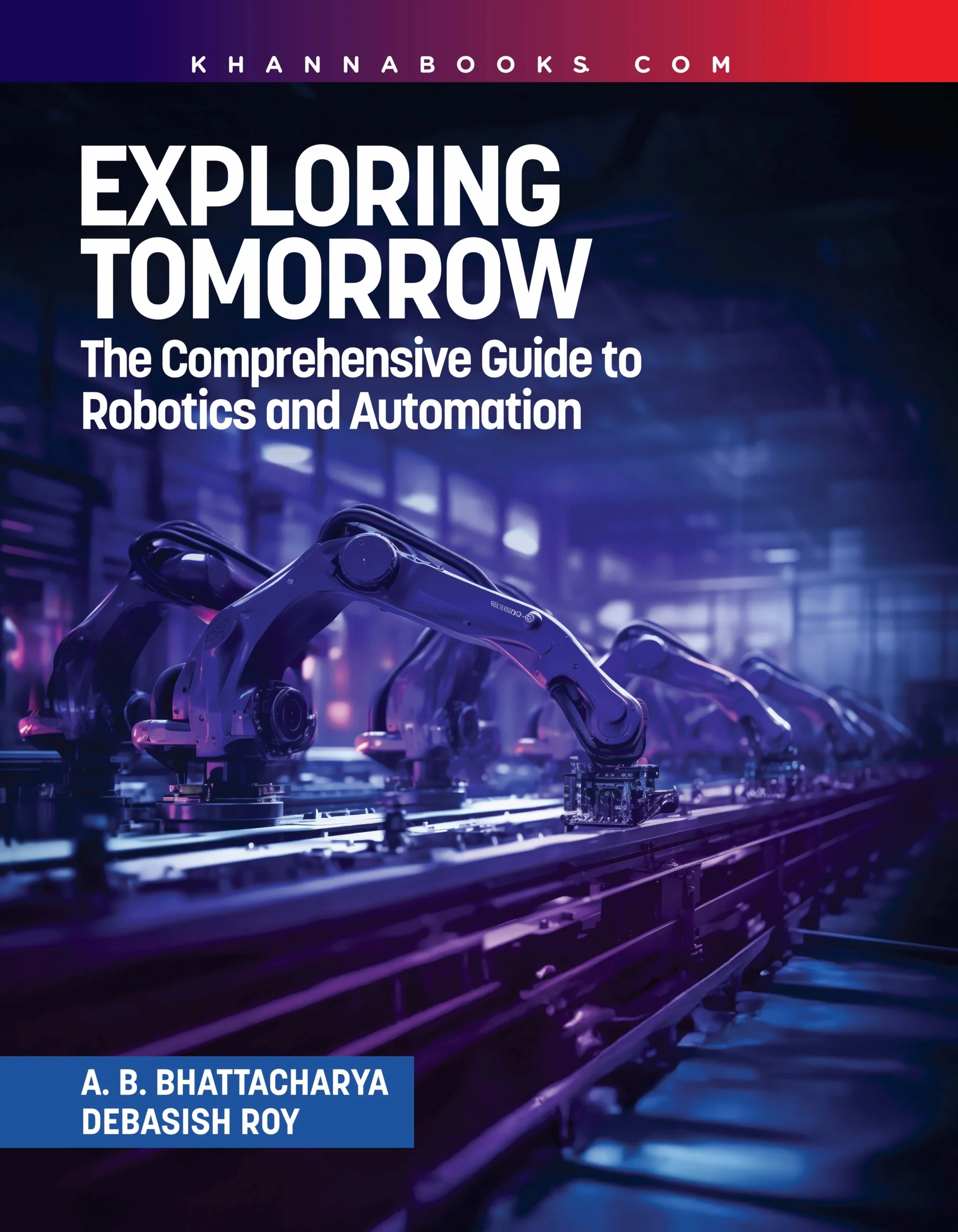








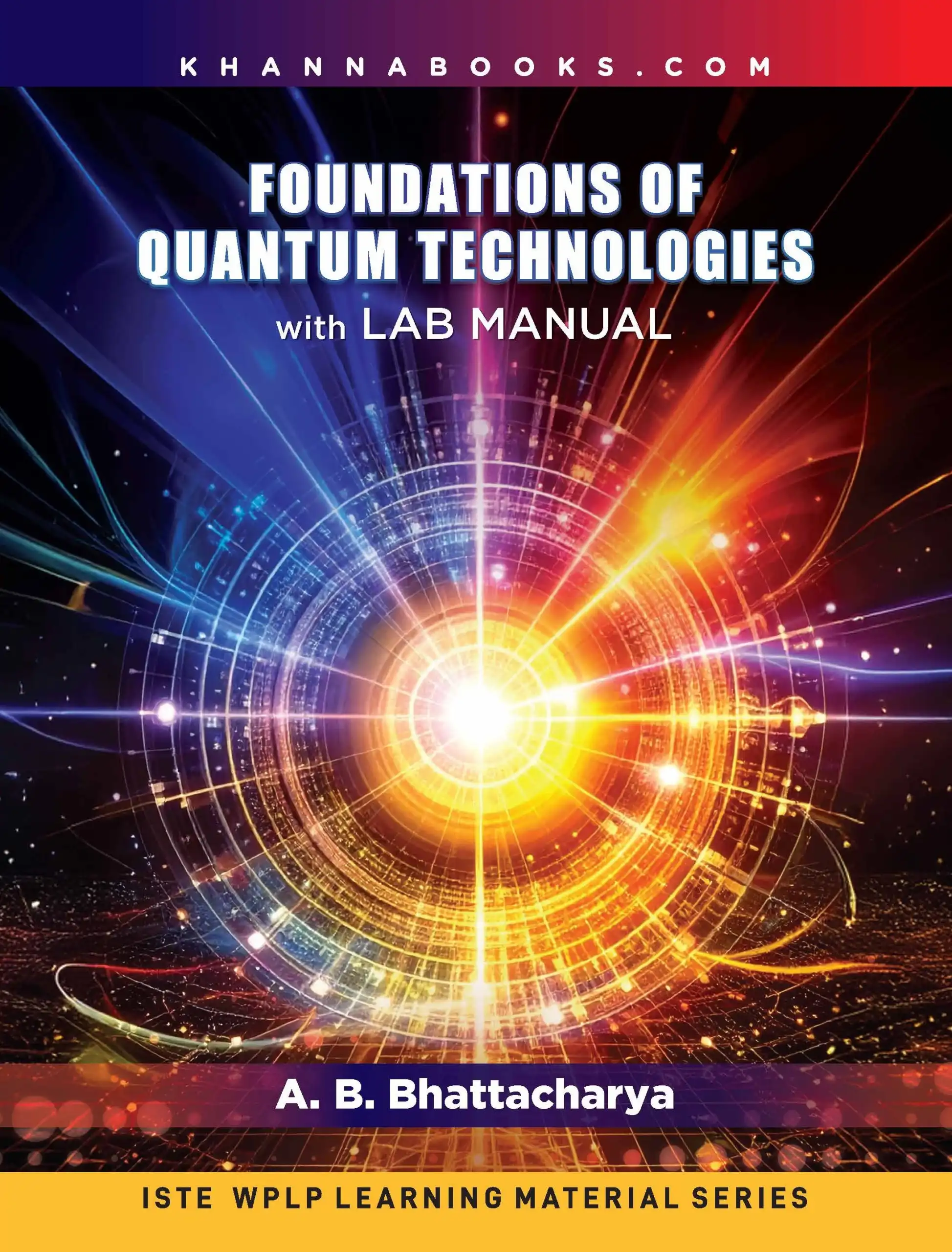

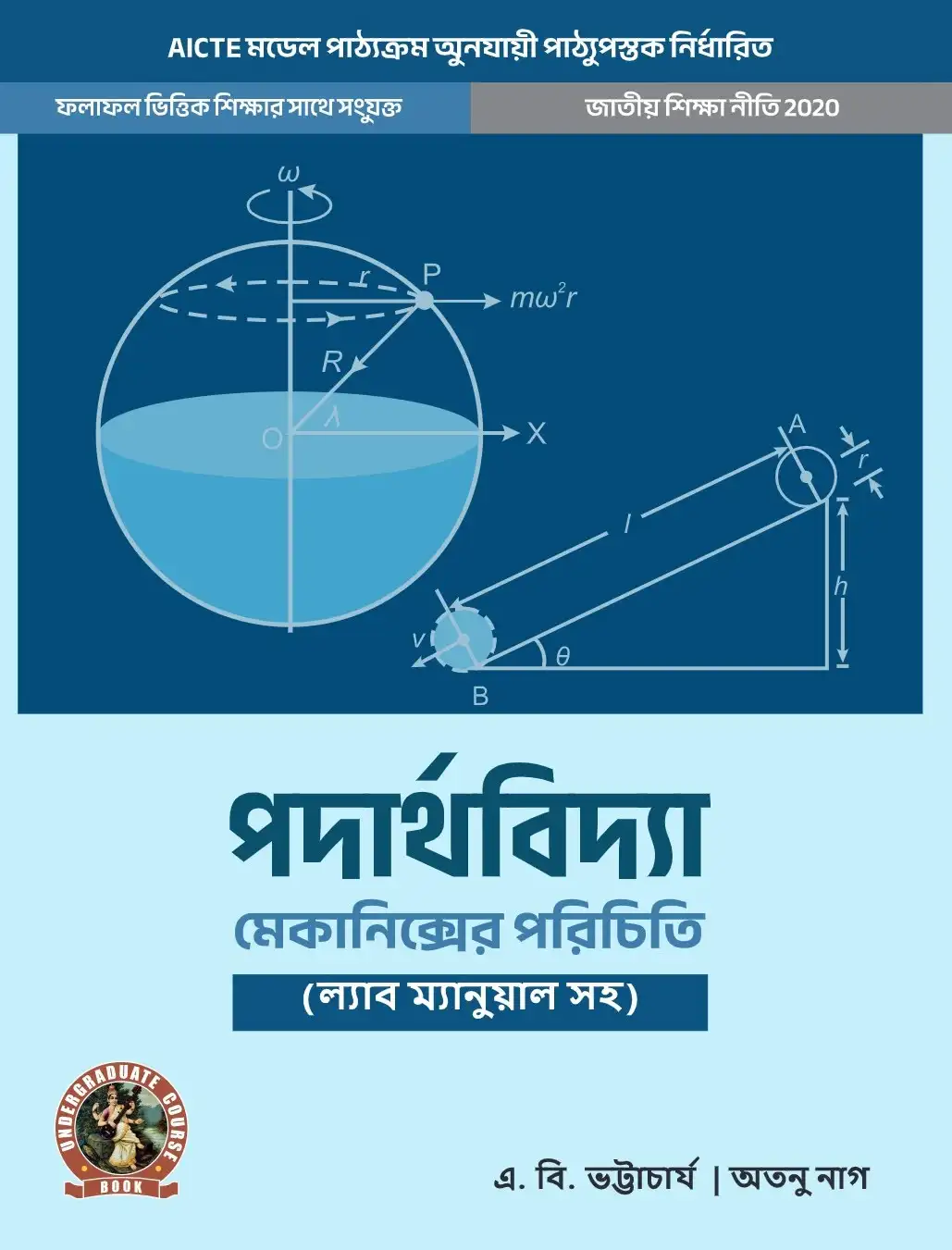
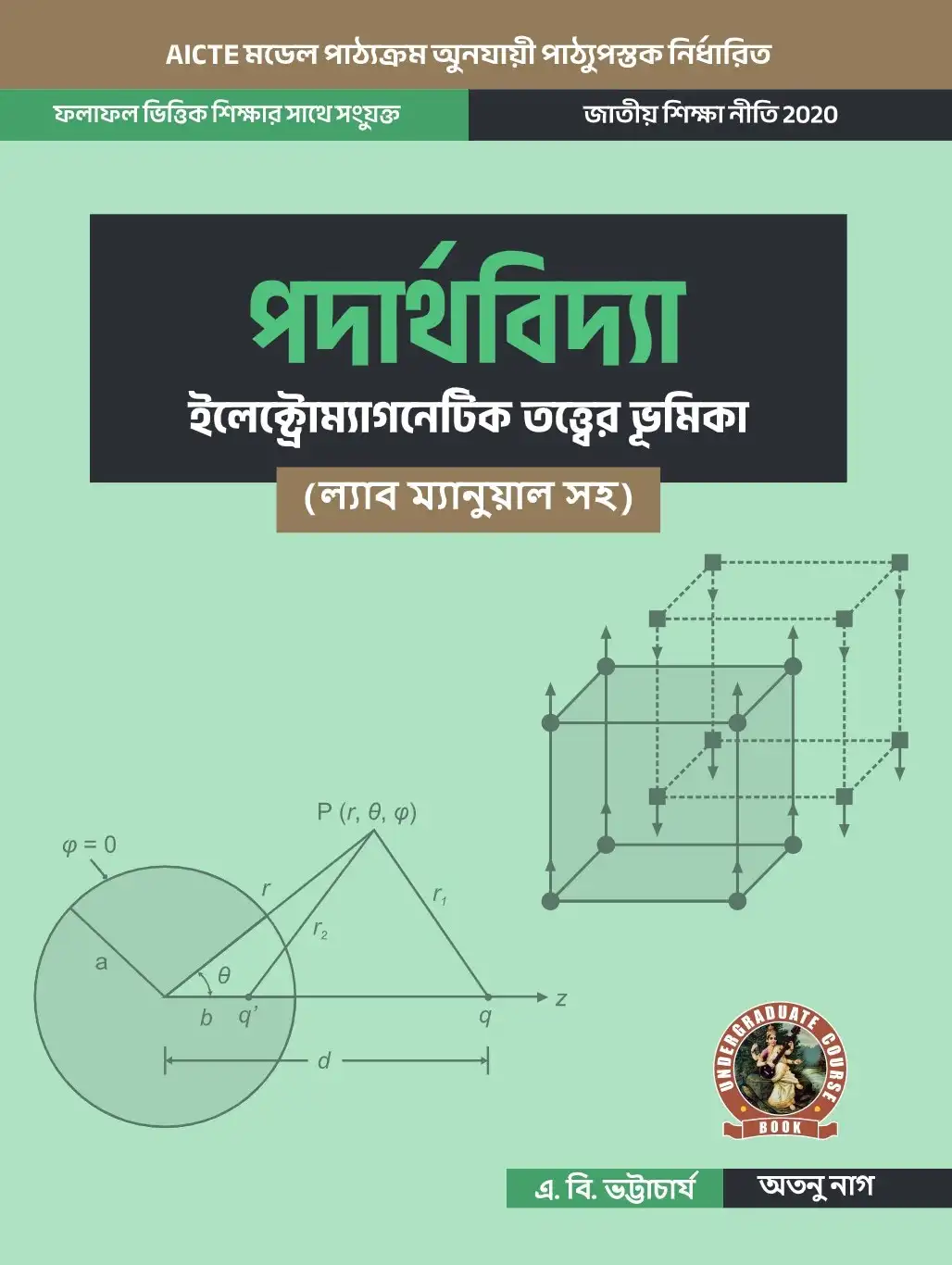
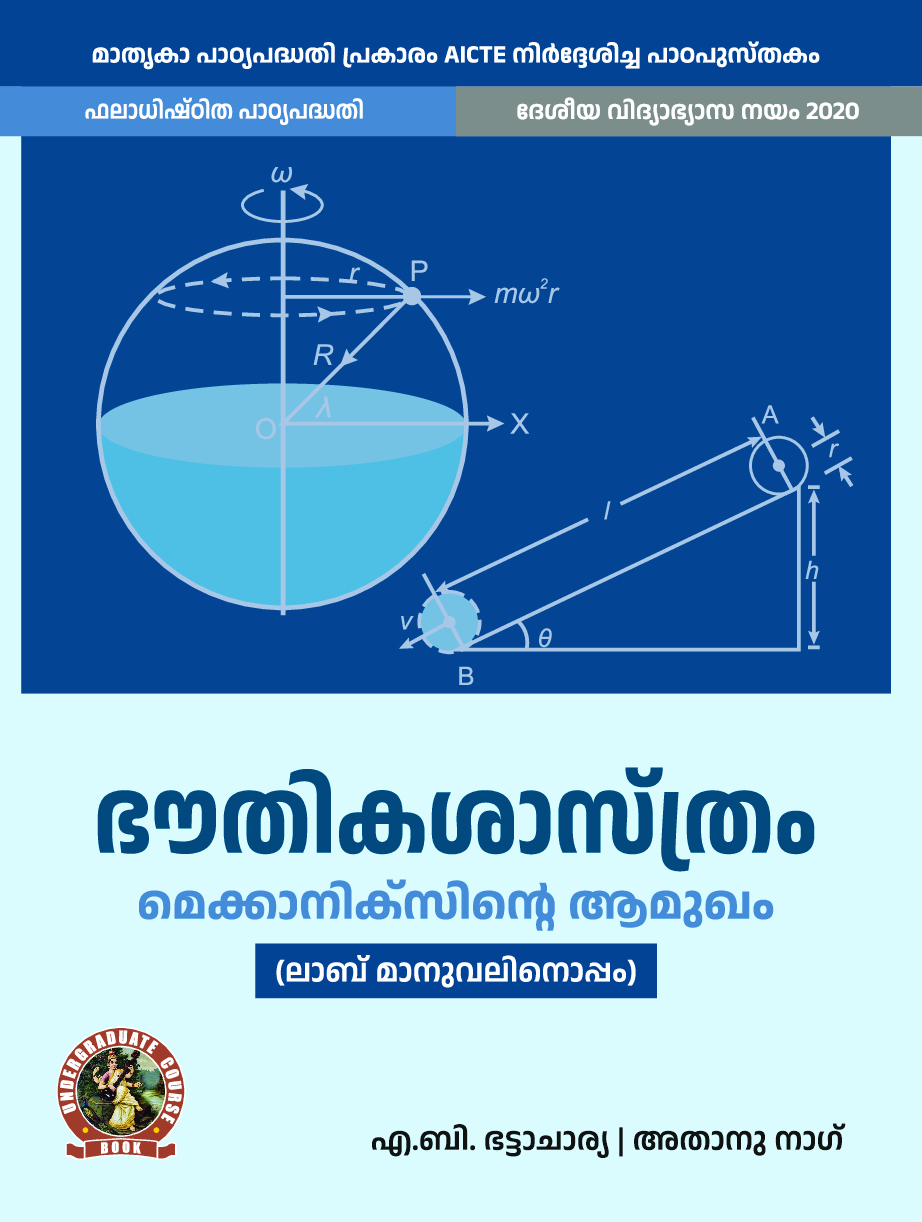
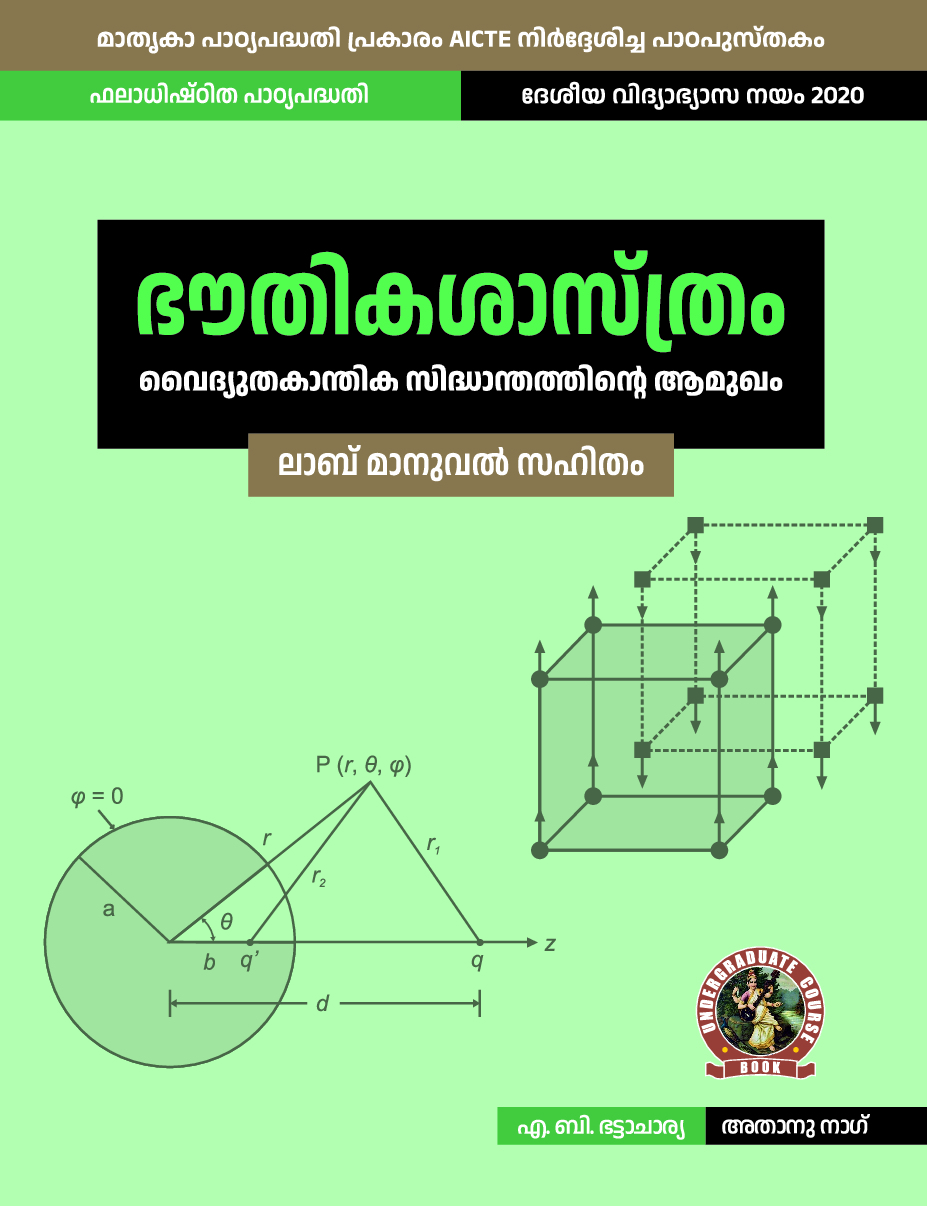

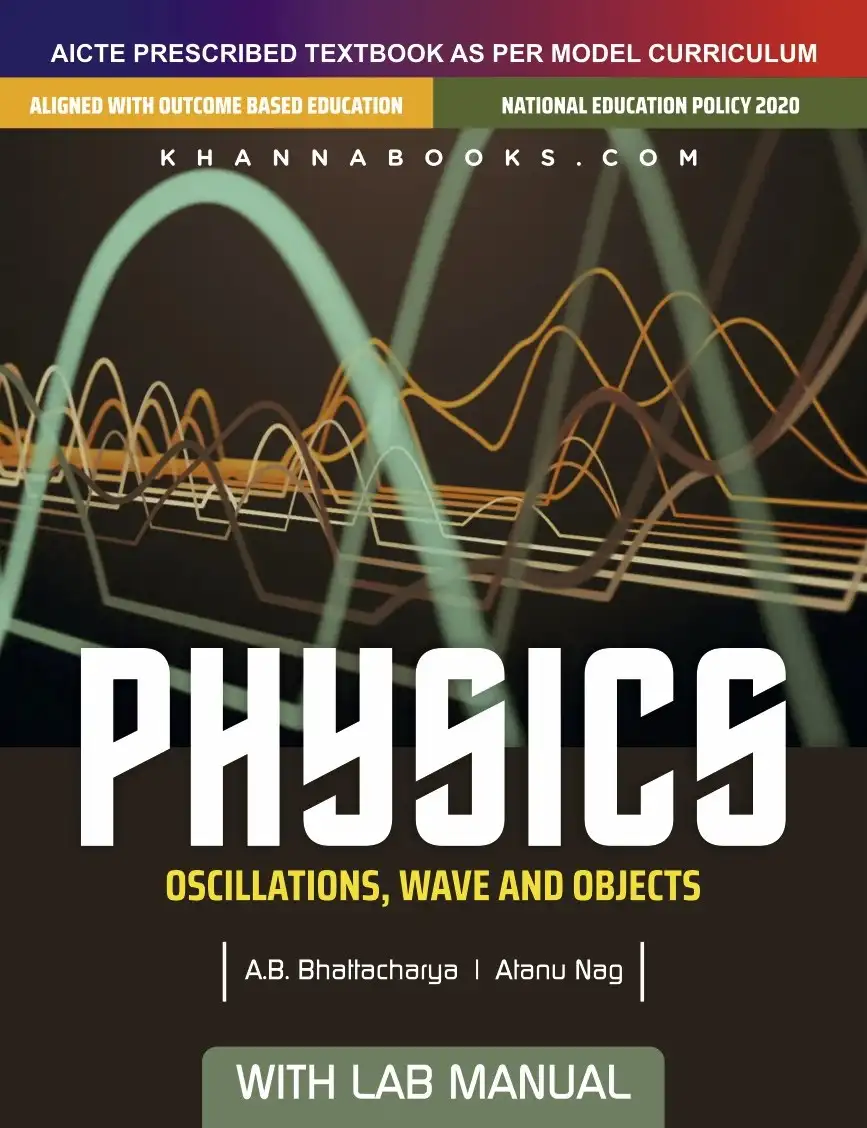
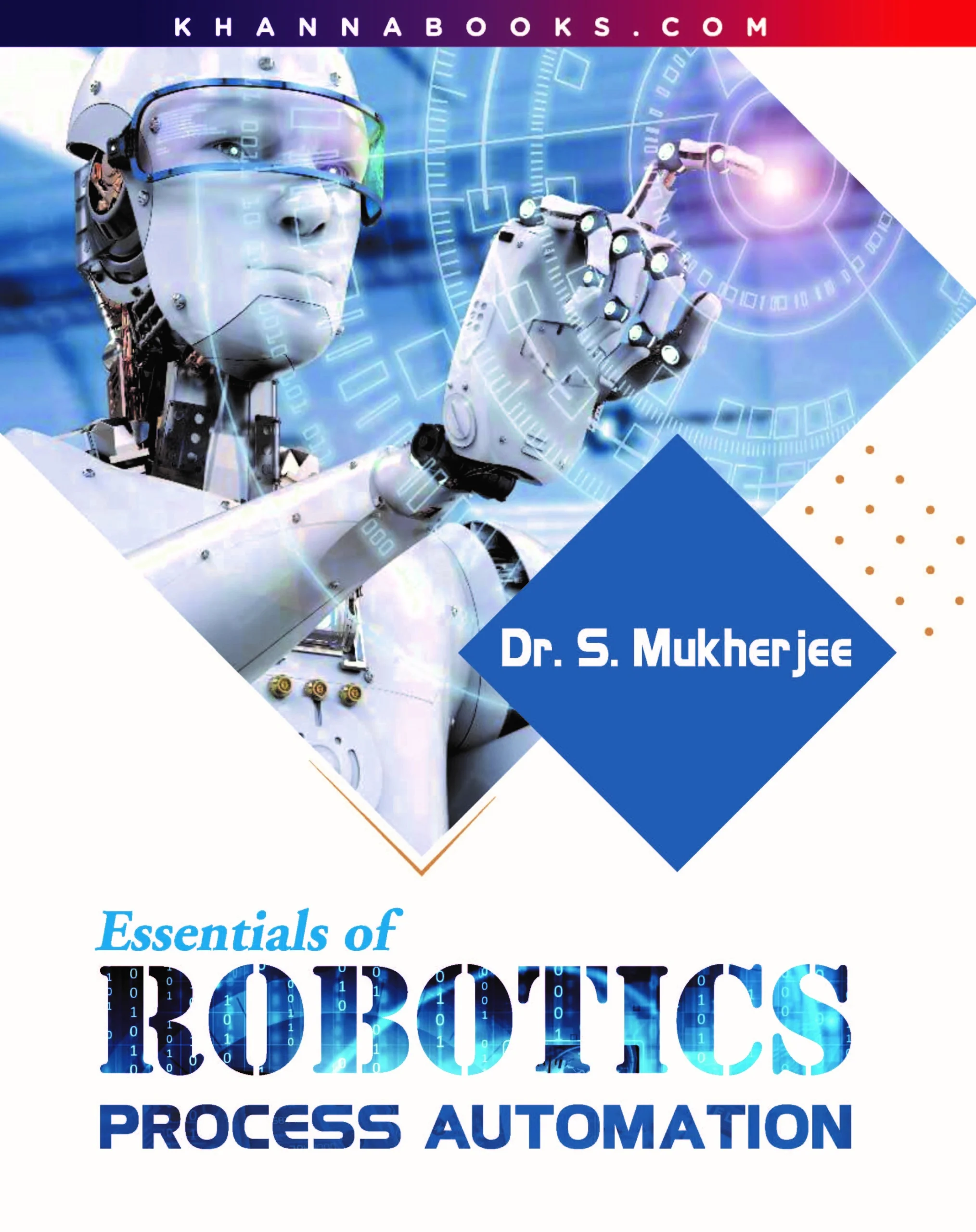

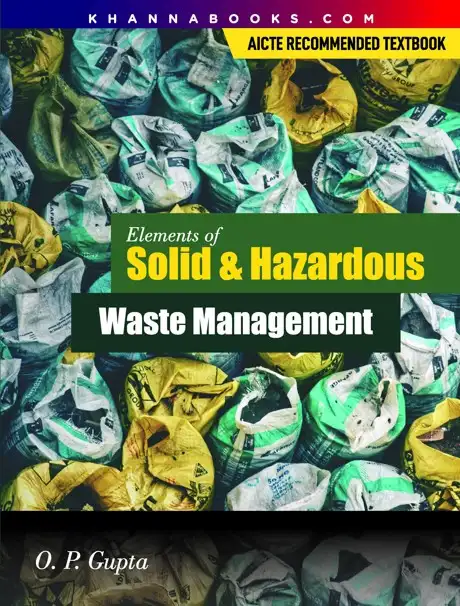
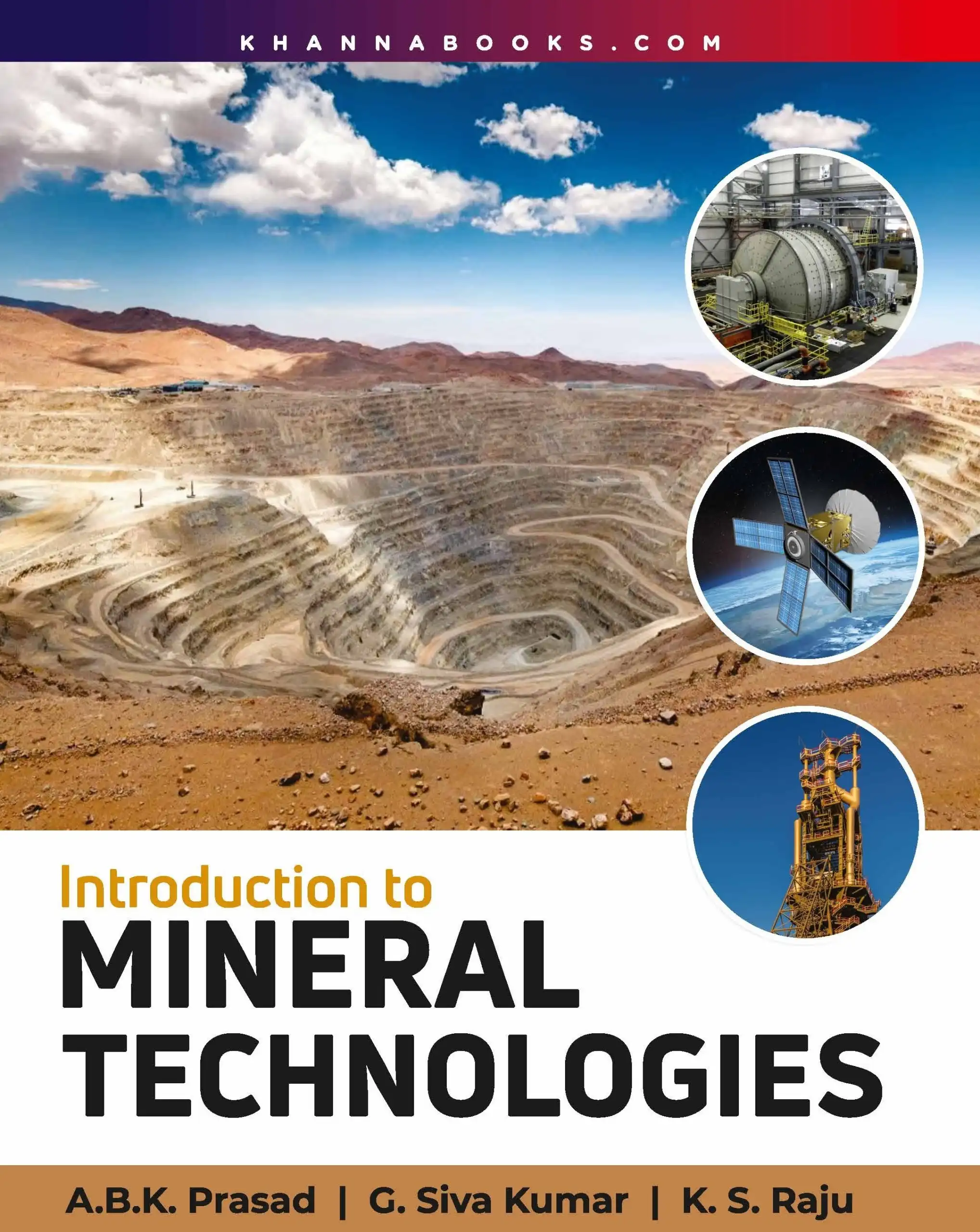

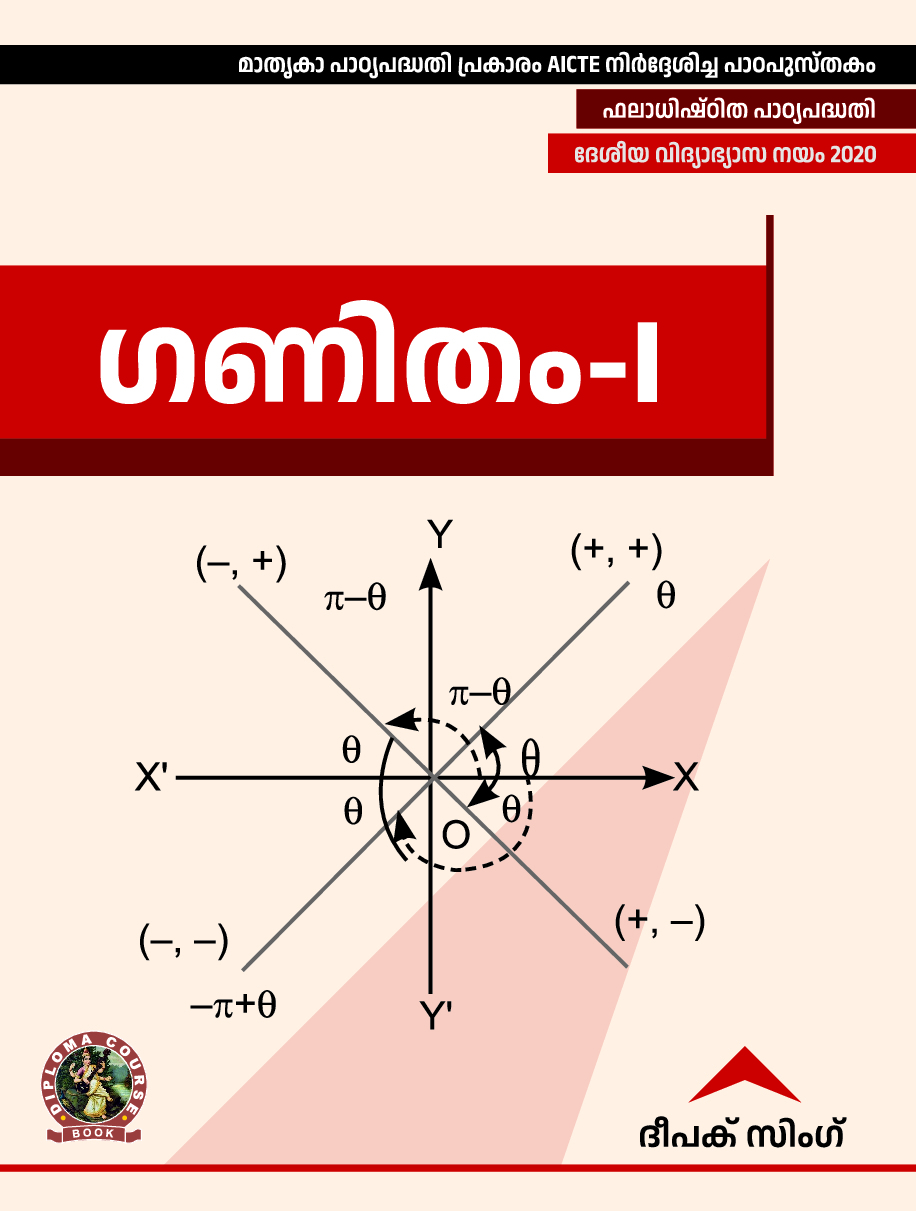
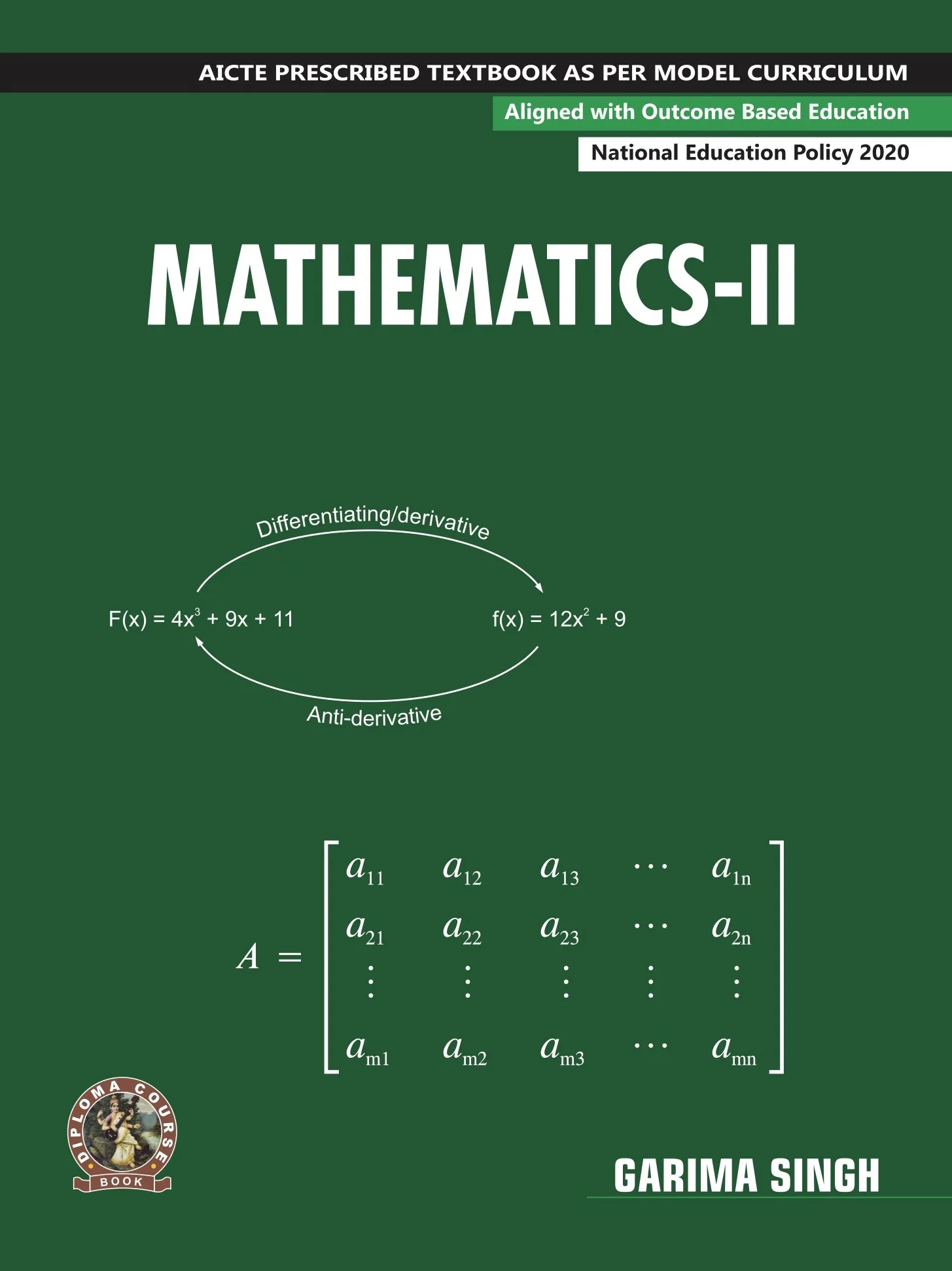
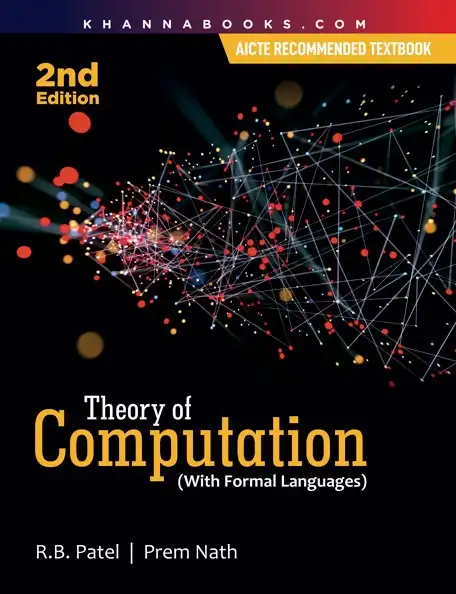


Reviews
There are no reviews yet.